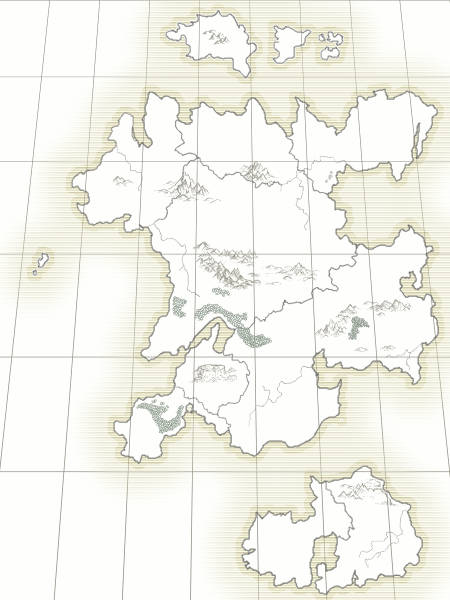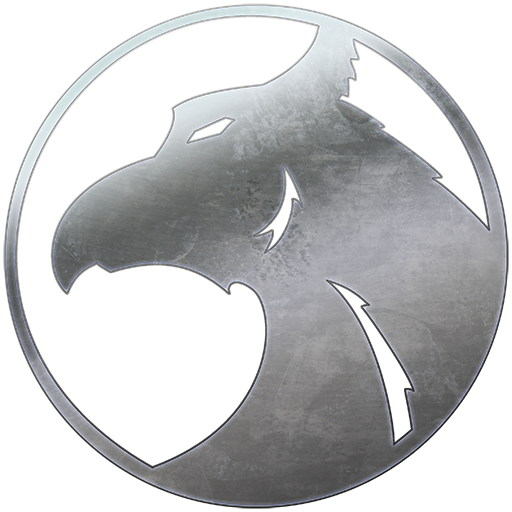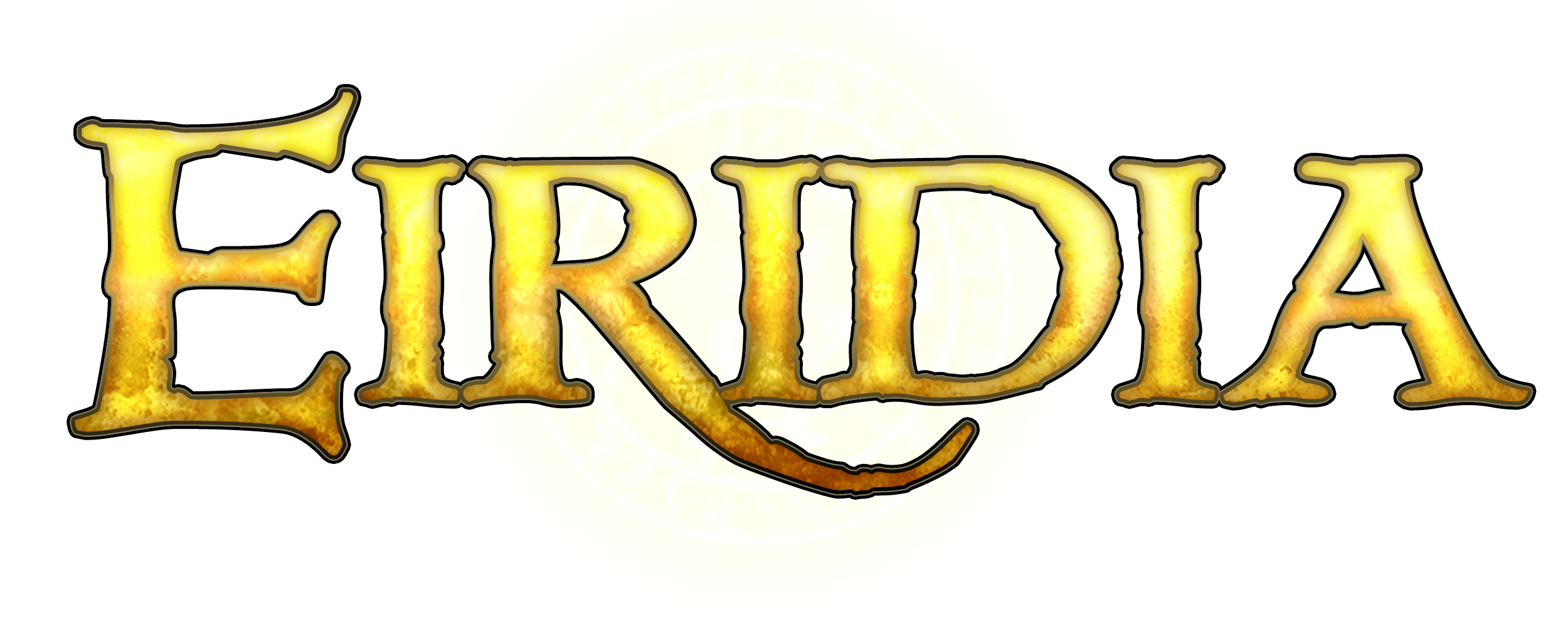The upcoming second edition of our fantasy RPG Ingenium introduces our setting of Eiridia. It has existed in one form or another since the late 1990s and almost made it into the first edition of the game. However, we cut it for production reasons, and it continued to evolve in the background since then. This post goes into what inspired the setting, some of the history of its development, and some of its major themes.
The early days
The foundations of Eiridia started in the late 1990s. I ran my college gaming friends through a few sessions of the RPG I had in progress at the time. This RPG was Iridium Fantasy. The setting was light on details but it had a few strong themes. First, magic operated like how it does in Mercedes Lackey’s Valdemar novels. Invisible rivers of arcane energy called “leylines” crisscrossed the world. Where they intersected, they pooled in lakes called nodes. There were four “ranks” of mages of successive power – Apprentices, Journeymen, Masters, and Adepts. Shielding of different types was a major part of a mage’s training.
The second major theme was dragons. There were twelve types of dragon in the setting. Instead of the usual chromatic and metallic styles, it had types like moon dragons, lake dragons, rock dragons, and so on. Later on, a major story arc in the first true campaign for Eiridia introduced sun dragons and night dragons. Night dragons would come to form the basis for dragons in Eiridia as it is now.

Influences from art school in New Zealand
In the early 2000s, I was an art student in New Zealand. By this time I had discarded Iridium Fantasy and developed a new variation of those rules. I was calling it Eiridia. Though I no longer have the digital manuscript, I still have a single print copy of that game. I used this set of rules and setting for a full campaign. This was also the first time I drew a map of the world of Eiridia.
The world was getting more detailed and fleshed out. The pantheon of gods was influenced heavily by what the players of that campaign thought was cool. One of them, Daggaroth, was a god of machines. In those days, there were magical mecha in Eiridia similar to those in the anime Escaflowne. There was also a set of four gods of hell who the player characters fought against. Eventually, three of the PCs were elevated to godhood themselves – Kyriana, the Goddess of Light; Sarah, the Goddess of Darkness; and a new God of Machines.
Evolving Eiridia with Silver Gryphon Games
In the mid 2000s I moved back to the States and met Kevin while studying at South Dakota State University. We started Silver Gryphon Games, and I began polishing Eiridia for publication. I dropped the god of machines from the pantheon and renamed several others. The backstories of the deities who had previously been mortals were completely changed. For example, instead of Kyriana being a vaguely benevolent goddess who had previously been a mortal, she now became the patron goddess of Nardora and a symbol of control and totalitarianism. I was inspired by the vision of Galadriel corrupted by the One Ring.
The omnipresence of dragons went away. Instead of being everywhere, having their own kingdoms in the south, and being player races, they became monstrous and looming threats in the background. Over time, they even gained an aspect of elder evil. The release of A Darkness at Summerfort would formalize the introduction of Cthulhu-inspired elder evil into the setting, but even now, it remains the dragons who embody this.
Originally, there were three sentient races in Eiridia – humans, dragons, and Changed Ones. The Changed Ones are chimeric creations of the mage Lochivar. They were inspired by the mage-created species in Mercedes Lackey’s Valdemar novels – the gryphons, kyree, tervardi, and others. With the loss of dragons, the version of Eiridia that saw publication initially only had humans and Changed Ones.
The second edition of Ingenium’s effects on Eiridia
When we first started work on a second edition of Ingenium, one of the things we wanted to do with it was let players run “generic” fantasy games with it, not just games set in Eiridia. So, I added the usual fantasy races – elves, dwarves, and so on. The plan back then was just to make these part of a toolkit and not part of the setting of Eiridia. As time passed, though, I found a place for each of them in the world.
The most recent changes to Eiridia were more subtle. In the past five years, the world became less black-and-white. While there is pure evil and pure good still, they are rarer, and limited mostly to cosmic forces. I wanted to encourage players to find cultures and factions that resonated with them.
Now, as we’re getting closer to the release of Ingenium Second Edition, I’ve stopped making sweeping changes to the setting. I think it’s in the right place. Fleshing out more of the details will be the responsibility of supplemental books and, of course, the players themselves. There is a tiny chance that I’ll write a novel set in Eiridia, also. Let’s just keep that a secret between us, aye?
Read more about Ingenium on our website.

